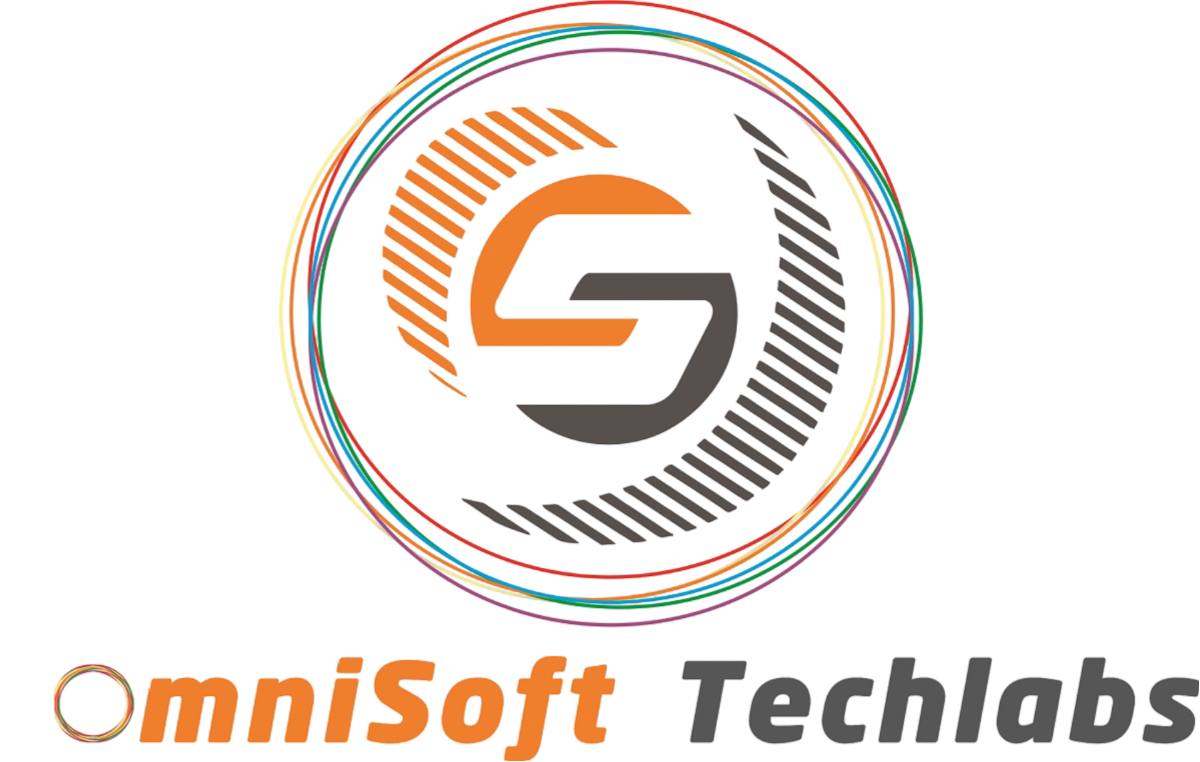The world of software development is constantly evolving, with new technologies and approaches emerging at a rapid pace. As we look ahead to the next few years, it’s clear that several key trends will shape the future of the industry. In this article, we’ll explore these trends and their potential impact on software development in 2023.
1. Embracing Artificial Intelligence (AI) for Intelligent Applications
Artificial Intelligence (AI) has been a hot topic in the tech industry for years, and it’s only going to become more important in software development in the coming years. Developers are already leveraging AI to automate routine tasks, optimize code, and enhance user experiences. In 2023, we can expect AI to play an even larger role in software development, enabling the creation of intelligent and responsive applications. This will include advancements in natural language processing, computer vision, and machine learning algorithms. AI-powered applications will provide personalized experiences, automate decision-making processes, and enable more sophisticated data analysis and prediction.
2. Low-Code Development Platforms Streamline Application Development
Low-code development platforms have gained significant popularity among developers and businesses alike. These platforms allow developers to build applications quickly and easily, with minimal coding knowledge required. As these platforms continue to advance, we can expect them to become even more powerful and accessible, making it easier for businesses to build the software they need. With low-code development, organizations can streamline their application development processes, reduce time to market, and empower citizen developers to contribute to application development.
3. The Ongoing Shift to Cloud Computing
Cloud computing has already revolutionized the way software is developed, deployed, and managed. This trend is expected to continue in 2023, as more businesses migrate their software development to the cloud. Cloud computing offers developers easy access to powerful tools and resources, facilitates seamless collaboration, and enables the development of scalable and flexible applications. It also provides cost savings by eliminating the need for on-premises infrastructure. As cloud technology continues to evolve, we can expect to see more innovative solutions and services for software development in the cloud.
4. DevOps: Bridging the Gap Between Development and Operations
DevOps has gained significant traction in recent years, and it’s likely to become even more widespread in 2023. DevOps is an approach that emphasizes collaboration and communication between development and operations teams. By breaking down silos and improving communication, DevOps enables teams to work more efficiently, reduce errors, and deliver software more quickly. In 2023, we can expect to see increased adoption of DevOps practices, including the use of automation tools, continuous integration and deployment, and the implementation of agile methodologies. DevOps will continue to drive innovation and efficiency in the software development process.
5. Blockchain: Enhancing Security and Transparency
Blockchain technology, best known for its use in cryptocurrency, has the potential to transform software development in various areas. Blockchain can be used to create more secure and transparent software systems, as well as enable new business models and revenue streams. In 2023, we can expect to see more developers experimenting with blockchain and incorporating it into their software solutions. Blockchain technology can enhance data security, enable decentralized applications, and provide an immutable record of transactions. It has applications in industries such as finance, supply chain management, and healthcare.
6. Internet of Things (IoT): Building Connected Applications
The Internet of Things (IoT) refers to the network of connected devices, from smartphones and wearables to home appliances and industrial equipment. As the IoT continues to expand, it presents new opportunities and challenges for software developers. In 2023, developers will need to build applications that can seamlessly work across a wide range of devices and platforms. They will also need to address unique security and privacy concerns that arise with IoT devices. The ability to collect, analyze, and act on data from these connected devices will drive the development of innovative IoT applications in areas such as smart homes, healthcare, and industrial automation.
7. Virtual and Augmented Reality (VR/AR): Transforming User Experiences
Virtual and augmented reality technologies have already made significant strides in various industries, from gaming and entertainment to education and training. In 2023, we can expect these technologies to become even more prevalent in software development as developers find new ways to leverage their capabilities. VR and AR have the potential to transform user experiences by creating immersive and interactive environments. They can be used for virtual training, product simulations, and enhanced visualization. As VR and AR technologies continue to evolve, we can expect more sophisticated applications and increased adoption in diverse sectors.
8. Continued Growth of Cross-Platform Development
Cross-platform development allows developers to build applications that can run on multiple operating systems and devices. This trend is expected to continue growing in 2023, as businesses seek to reach a wider audience and reduce development costs. Platforms such as React Native enable developers to build cross-platform applications using a single codebase. With cross-platform development, businesses can deliver consistent user experiences across different platforms and devices, streamline development processes, and reduce time to market.
Conclusion
The future of software development is full of exciting possibilities. From the integration of artificial intelligence and the use of low-code development platforms to the ongoing shift to cloud computing and the adoption of blockchain, developers have a wide range of tools and technologies at their disposal. The trends discussed in this article will shape the software development landscape in 2023 and beyond, enabling developers to create more intelligent, secure, and connected applications. By staying up-to-date with these trends and embracing new technologies and methodologies, developers can be well-positioned for success in the ever-evolving world of software development.
Additional Information: According to the Accelerated Strategy Group’s research, 63.3% percent of respondents said that digital transformation was a top priority in their company. They focused on cloud migration, contactless services, and DevOps. The software development industry, though better positioned than other industries, was still forced to make cuts, delay projects, and reduce staffing.



